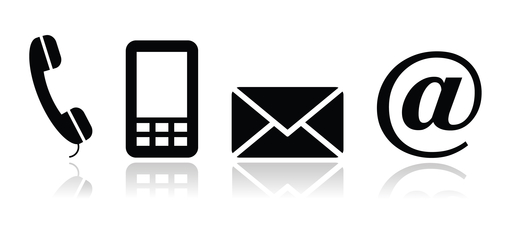
Mobile technology has undergone such radical changes in such a short space of time, it’s getting hard to recall what life was like before everyone had a smartphone. One thing we do know, it wasn’t like this with desktop email, which remained virtually unchanged for twenty years. Indeed, the biggest change to hit email was the smartphone, as an increasing number of people conduct all their communication - and practically their entire lives - using the mobile device in their pocket.
But, like SMS, the power of email lies in the huge headstart it had over the glut of alternative messaging tools that have emerged over the past five years. First it was E-Mail; then E-mail and e-mail, until we finally dropped the hyphen. It had become part of the lexicon. It was just something that everyone did.
Such cultural roots are not easily upended, and though email attracts plenty of flak, it’s still a powerhouse when it comes to reaching lots of people. A recent eConsultancy report found email marketing revenue increased by 28% in 2014, and was regarded as the best channel in terms of ROI.
The key for mobile marketers is to approach email as a mobile, rather than desktop, channel. More emails are opened on mobile devices than desktop (68% of Gmail emails are opened on a tablet or smartphone) and the majority of consumers now read at least some of their emails on a mobile device. The idea of a battle between mobile and email is outmoded: in 2015, this is a partnership, not a contest.
Designating email as a sub-channel within your mobile marketing strategy has no downside. Even if you’re reaching some people at their laptops, a mobile-friendly email experience will translate. The reverse does not apply.
And email is capable of tackling all the same challenges at least as well, if not better, than other forms of mobile marketing. Ideal for lead generation and acquisition, mobile email also allows marketers to respond effectively to location and situation. After all, you can harness the same tricks of the trade - geo-location, preference targeting - that SMS marketing managers use, and deliver more information and rich content in the process.
Mobile email should be an integral part of any forward-thinking marketing strategy. It’s just as personal as text messaging, and has the benefit of familiarity, especially with older people who aren’t as plugged into the latest apps. Used well, email can work in tandem with your existing SMS messaging and other mobile marketing tactics to bring your brand to a wider audience than ever.